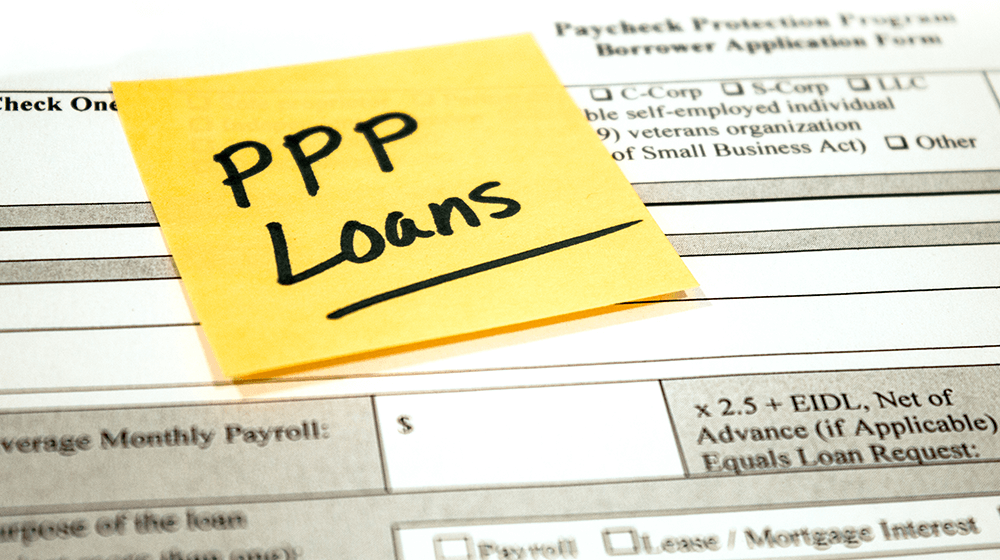- SBA indicates to lenders that funding for the Paycheck Protection Program has been exhausted
- Approximately $8 billion of a set-aside for community financial institutions remains available
- Several COVID-19 relief programs remain in effect, including newly launched grant programs targeted at specific industries
Summary by Dirk Langeveld
The U.S. Small Business Administration has closed the Paycheck Protection Program to new applications as funding for the program has been exhausted. However, a portion of PPP funding remains available through community financial institutions.
The SBA says it will continue to fund outstanding applications that have been approved. New applications can only be submitted through community financial institutions, such as minority depository institutions and community development financial institutions. These lenders provide funding to underserved communities and individuals, including women and minorities.
The Economic Aid Act established several set-asides when it provided a new round of funding, and approximately $8 billion of the $15 billion earmarked for community financial institutions remains available. The SBA will continue to process PPP applications through these entities until funding runs out or the program expires on May 31.
Community financial institutions received first priority when PPP reopened in January, with these lenders having exclusive access to the application portal for the first two days after it opened. Approximately $19.17 billion in loans have been approved through the institutions, according to the SBA’s latest data – about 7.4 percent of all PPP loans.
More than $780 billion in PPP loans have been made to 10.7 million borrowers, according to SBA data. The forgivable loan program was first established to help businesses maintain payroll and meet other expenses during the COVID-19 pandemic. After initial funding rounds expired, the program was revived in December through the Economic Aid Act. Together with a modest funding bump in the American Rescue Plan, the latest round of funding totaled nearly $292 billion.
The newly revived program originally had a March 31 deadline, but Congress voted by a wide margin to extend this to May 31. The action intended to give businesses more of an opportunity to access available funding but also allow lenders to adapt to new rules established by the Biden administration.
Patrick Kelly, an associate administrator with the SBA’s Office of Capital Access, told Congress shortly before the Senate approved the extension that PPP funding could run out as soon as early as mid-April. The pace of lending slowed down last month, but recently showed signs of ticking back up. As of the SBA’s last report, about $33.5 billion was still available to disburse.
While it was widely anticipated that PPP funding would expire before May 31, some lenders were still surprised by the action. Many have indicated that they had a backlog of applications or were in the process of accepting new ones.
Although PPP was one of the most popular relief programs established during the COVID-19 pandemic, there has been little interest in putting additional funding into the initiative amid signs of economic recovery and ongoing vaccinations. The SBA still has a number of active relief programs, including:
- The Shuttered Venue Operators Grant program, available to qualifying arts and cultural organizations
- The Restaurant Revitalization Fund, which recently opened to food and beverage businesses; the White House indicated that 186,200 businesses applied to this grant program in the first two days it was open
- The Economic Injury Disaster Loan program, which will apply to all businesses through the end of 2021
- The Targeted EIDL Advance and Supplemental Targeted Advance grant programs for businesses in low-income communities








